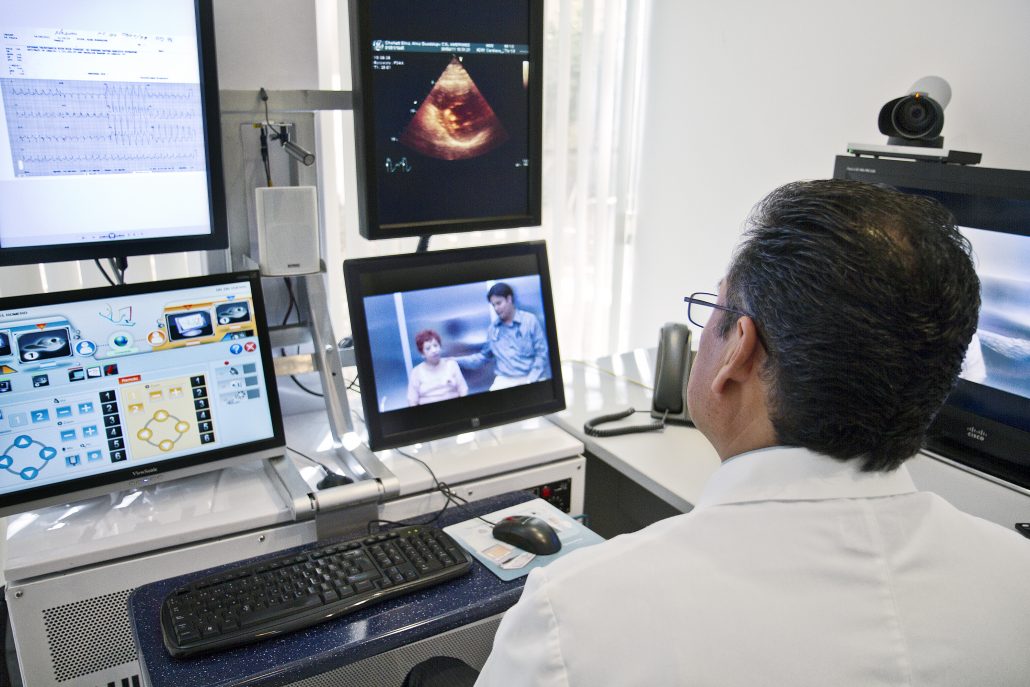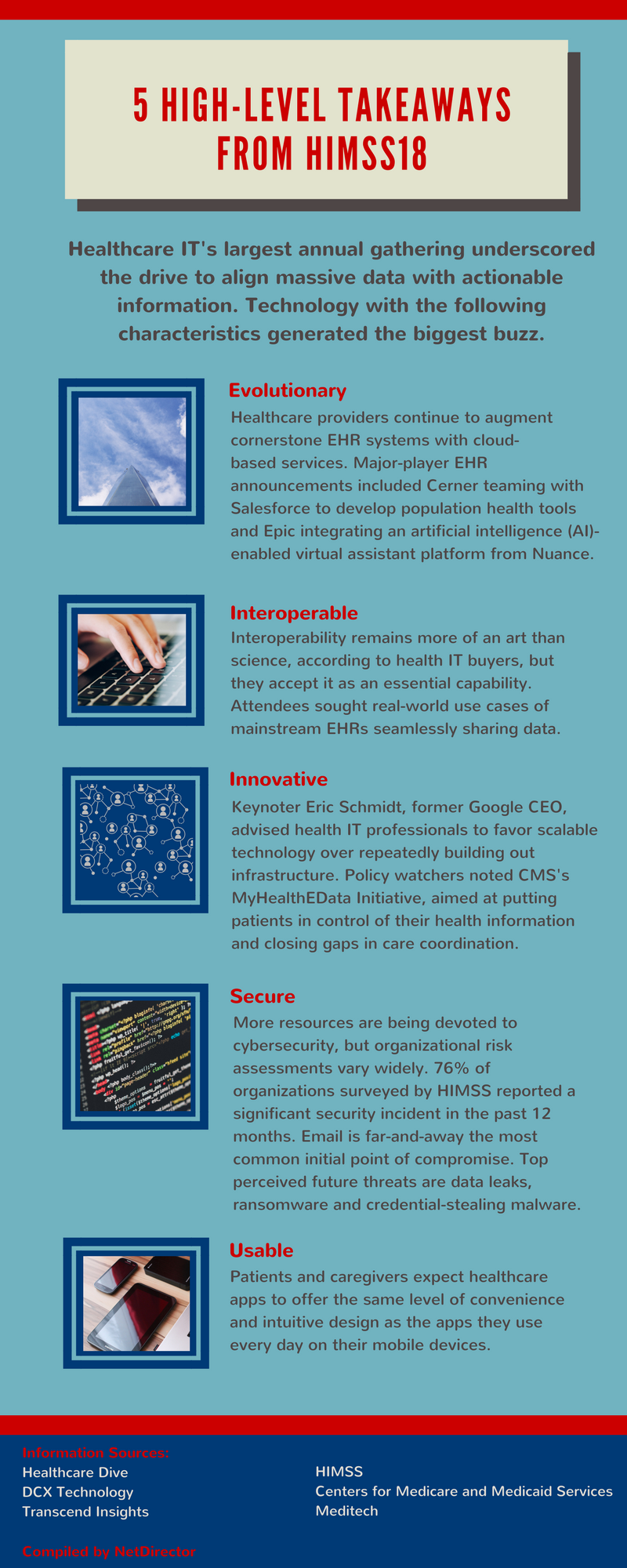C-level executives at Boston’s Brigham and Women’s Hospital realized two years ago that the medical center needed to shed at least $50 million from its $2.6 billion annual spending budget.
“It was very clear we had to become a much leaner, more efficient organization,” said Ron Walls, the hospital’s chief operating officer.
The Harvard-affiliated facility’s financial crunch followed comparable actions taken by the Mayo Clinic, which was striving toward $1 billion in cost reductions over 10 years, and the Cleveland Clinic, which had pared expenses by $800 million over four years.
The IT Impact
Austerity initiatives tend to affect all aspects of hospital operations from staffing to supplies, and ultimately reach into IT planning and implementation. Consequently, healthcare CIOs should pursue digital transformation opportunities that deliver improved care without bumping up costs, according to IT research and advisory firm Gartner.
The path forward recommended by Gartner places priority in the following areas:
- Collaborating with the chief financial officer and chief medical officer when designing IT solutions aimed at improving monetary and clinical outcomes. A pilot project addressing a specific use case can provide proof-of-concept for reigning in costs while promoting system adoption. If successful, the project can be scaled up across the organization.
- Evaluating the organization’s ability to create and manage digital business architectures. Again, feedback from operational managers and clinical leaders should inform strategies needed to reach a state of real-time readiness.
- Establishing key performance indicators to measure digital progress. Optimization efforts should be focused on delivering positive health outcomes for patients.
- Assessing whether existing IT investments are being optimized. For example, is the electronic health record (EHR) system providing anticipated value to the organization? Gartner’s 2018 CIO Agenda Survey found that 80 percent of respondents felt their EHR had not yet delivered the intended return on investment, and 50 percent reported only moderate or minor returns.
A separate analysis of leading organizations from the College of Healthcare Information Management Executives (CHIME) reveals a number of shortfalls in the use of hospitals’ foundational technologies. To name a few: almost all physicians have access to the EHR system, but only half can access EHR resources using mobile applications; similarly, nearly all physicians can contribute to a Continuity of Care Document, but just 60 percent can consume discrete data from a home health agency or skilled nursing facility.
Similar imbalances exist in regard to what CHIME refers to as “transformational technologies” at organizations considered at the forefront of using IT to improve the delivery of care. Significantly, 76 percent can perform retroactive analysis for care improvement and cost reduction; however, only 43 percent can manage bundled payments or do real-time identification and tracking of value-based care conditions. Additionally, less than 60 percent use clinical and billing data as well as health information exchanges to identify gaps in care.
Overall, integration, interoperability, security and disaster recovery capabilities, along with technologies that support population health management, value-based care, patient engagement and telehealth “need to be in place for an organization to leverage tools to effectively transform healthcare,” the CHIME report stated.
NetDirector’s cloud-based document and data-exchange platform unifies clinical and billing data to help healthcare organizations drive down costs and improve patient outcomes. As such, HealthData Exchange can be an essential component of any IT cost-control or efficiency initiative by moving data among disparate systems among hospitals, labs, pharmacies, imaging centers, and government agencies while adhering to HIPAA security and HL7 compliance standards.
To learn more about NetDirector’s HealthData Exchange platform, please contact us or request a free demo.










